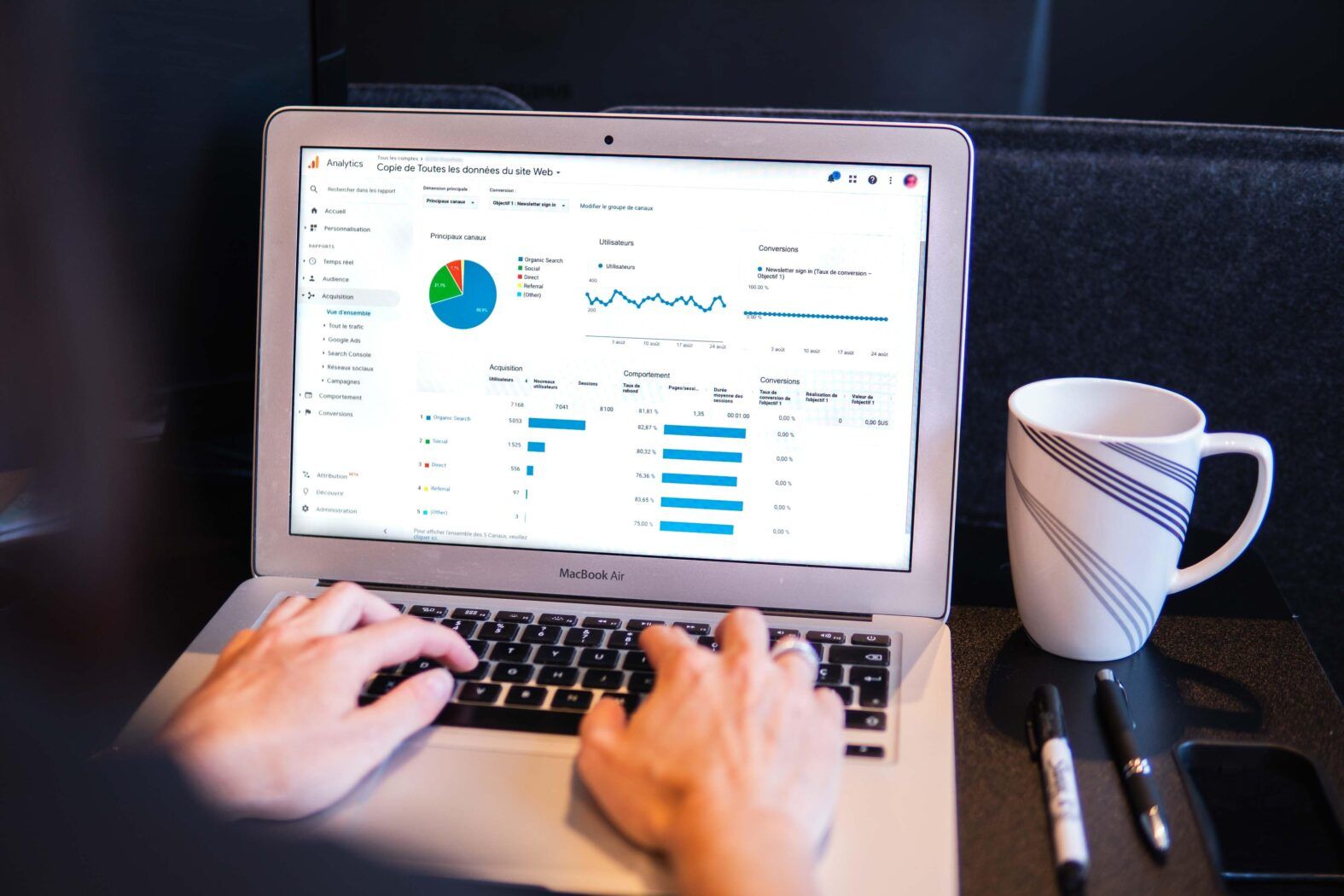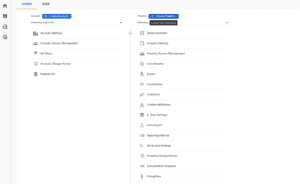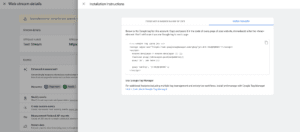In the world of digital marketing and online business, data is king. Understanding how users interact with your website or app is crucial for making informed decisions and optimizing your online presence. That’s where Google Analytics 4 (GA4) comes into play. Whether you’re a business owner, marketer, or simply curious about user behavior, GA4 is a powerful tool that can provide valuable insights into your online audience. In this beginner’s guide, we’ll take you through the basics of GA4 in our first session to help you get started on your journey to data-driven success.
What is Google Analytics 4 (GA4)?
Google Analytics 4, often abbreviated as GA4, is the latest iteration of Google’s web analytics platform. It’s the successor to Universal Analytics (UA) and offers a more robust and future-oriented approach to tracking and analyzing user behavior across websites and apps.
Why GA4? What Sets It Apart?
You might wonder why you should make the switch to GA4 if you’ve already used Universal Analytics. Here are a few key differences that make GA4 stand out:
- Event-Centric Tracking: GA4 shifts the focus from pageviews to events. This means you can track user interactions more comprehensively, including button clicks, video views, file downloads, and more.
- Enhanced User Tracking: With GA4, it’s easier to track users across different devices and platforms. This is crucial in today’s multi-device and multi-channel world.
- Machine Learning and Predictive Metrics: GA4 incorporates machine learning to provide insights and predictions about user behavior, making it easier to identify trends and opportunities.
- Privacy-Centric: GA4 is designed with user privacy in mind, aligning with evolving privacy regulations and user expectations.
Getting Started with GA4
Let’s dive into the basics of getting started with GA4:
1. Create a GA4 Property:
- Sign in to your Google Analytics account.
- Click on “Admin.”
- Under the “Property” column, select “Create Property.”
- Follow the prompts to set up your new GA4 property.
2. Get Your Tracking Code:
- After setting up your property, you’ll receive a tracking code.
- This code needs to be added to your website or app to start collecting data. Place it in the <head> section of your web pages or integrate it into your mobile app.
3. Navigating the GA4 Interface:
- Once your tracking code is implemented, you can start exploring the GA4 interface.
- Key sections include the “Realtime” view for immediate insights, the “Reports” section for in-depth analysis, and “Events” for tracking user interactions.
4. Basic Metrics:
- GA4 offers essential metrics right out of the box, such as user sessions, pageviews, and bounce rate.
- Explore these metrics to gain an initial understanding of your audience.
5. Event Tracking:
- One of GA4’s strengths is its ability to track events. Events can be anything from clicks on specific buttons to video plays.
- Setting up event tracking is essential for a detailed understanding of user interactions.
6. Customization:
- GA4 allows you to create custom events and set up tracking based on your unique business goals.
- Consider what user actions are most relevant to your business and set up custom events accordingly.
7. User Properties:
- User properties allow you to collect additional information about your users, such as demographics, interests, and user IDs.
- Use user properties to segment and target your audience effectively.
Conclusion
Google Analytics 4 is a powerful tool that empowers businesses and marketers to make data-driven decisions. In this beginner’s guide, we’ve covered the basics of setting up a GA4 property, getting your tracking code in place, and navigating the interface. This is just the beginning of your GA4 journey, and there’s much more to explore and learn as you delve deeper into the world of web analytics.
In our upcoming sessions, we’ll dive into more advanced topics, such as event tracking, audience segmentation, and predictive analytics, to help you unlock the full potential of GA4. Stay tuned for more insights and tips on how to harness the power of data for your online success.










